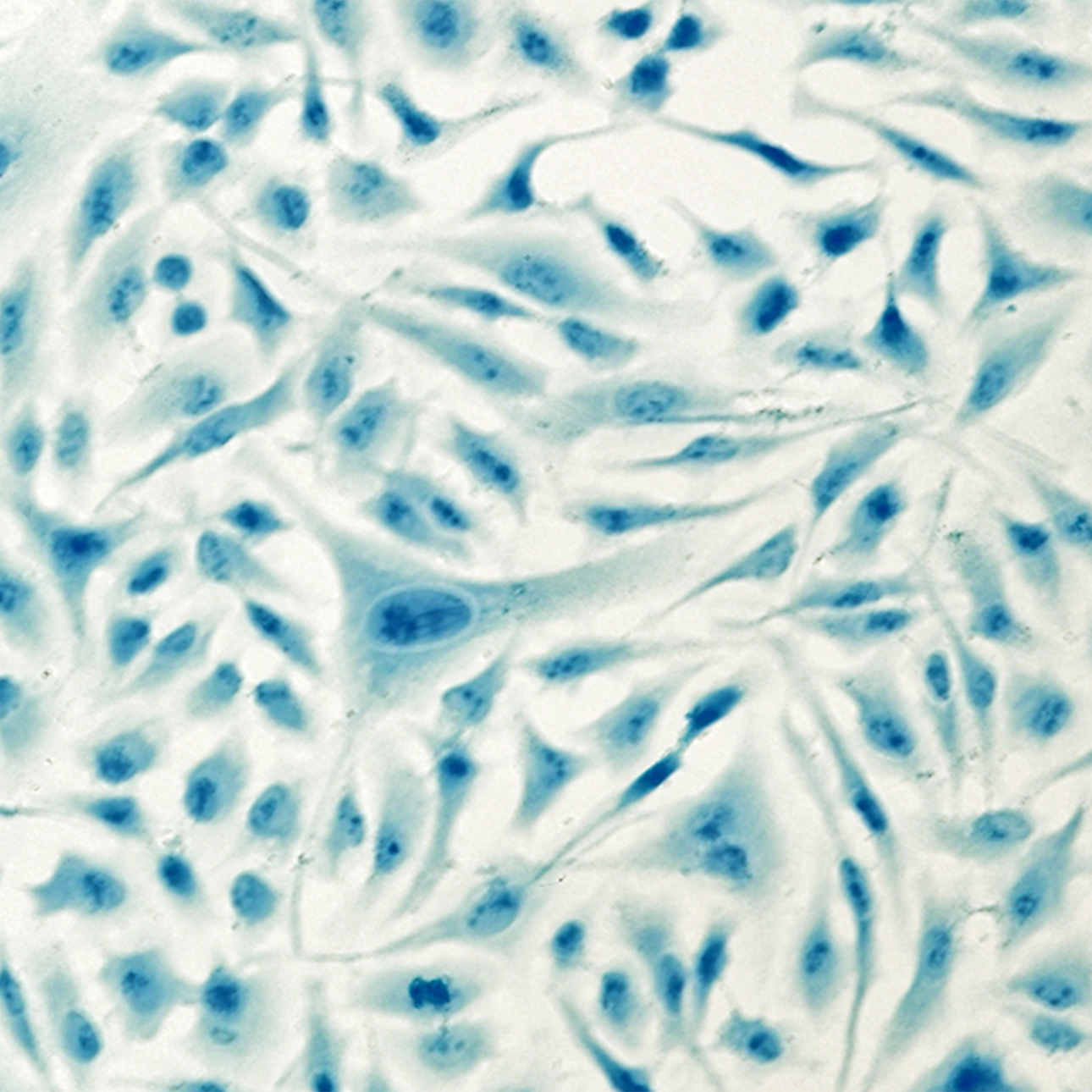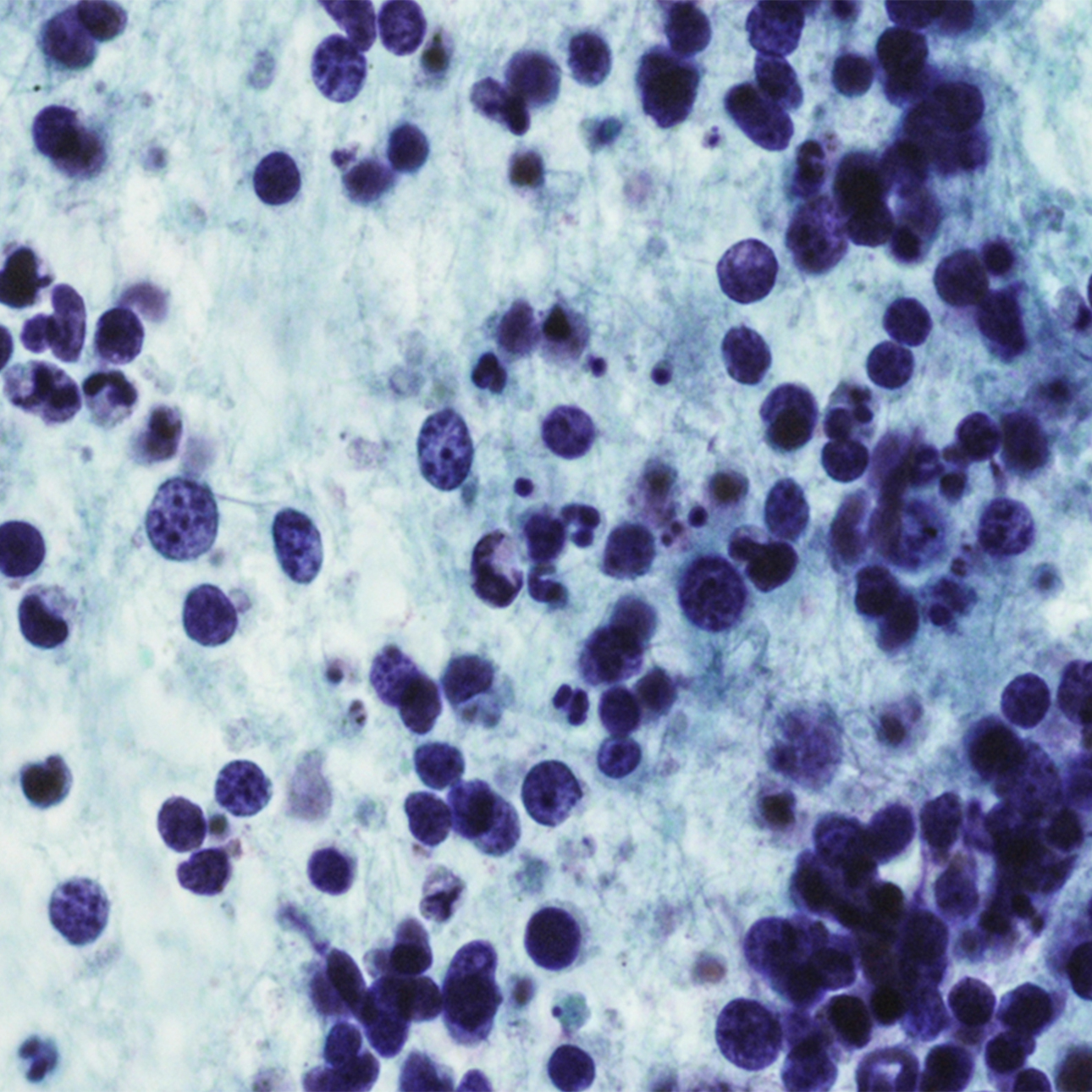
Vaginal Cancer
Treatments
Treatment for vaginal cancer typically involves surgery, radiation therapy and possibly chemotherapy. With surgery, some patients may need skin grafts and plastic surgery to make an artificial vagina. Some patients may need more than one type of treatment in combination.
At UCSF Medical Center, a team of cancer specialists and plastic surgeons work together to design the most effective treatment plan for your condition.
Surgery
Surgery is the most common treatment for all stages of vaginal cancer. A doctor may remove the cancer using one of the following:
- Laser Surgery A narrow beam of light is used to kill cancer cells. It may be used for the very earliest stages of when the cancer has been confined to the place of its origin, which is also known as in situ cancer.
- Wide Local Excision A type of surgery that removes the cancer and some of the tissue around it. A patient may need to have skin taken from another part of the body, or grafted, to repair the vagina after the cancer has been removed.
- Vaginectomy In some cases, an operation in which the vagina is removed may be recommended. When the cancer has spread outside the vagina, vaginectomy may be combined with surgery to take out the uterus, ovaries and fallopian tubes. This is called a radical hysterectomy. During these operations, lymph nodes in the pelvis also may be removed.
- Exenteration If the cancer has spread outside the vagina and the other female organs, the doctor may take out the lower colon, rectum or bladder — depending on where the cancer has spread — along with the cervix, uterus and vagina.
Radiation Therapy
Radiation therapy uses X-rays or other high-energy rays to kill cancer cells and shrink tumors. Radiation may come from a machine outside the body, called external beam radiation therapy. Another form or radiation therapy, called internal radiation, works by placing materials that produce radiation, called radioisotopes, through thin plastic tubes into the area where the cancer cells are found.
Radiation may be used alone, in combination with chemotherapy, or after surgery.
Chemotherapy
Chemotherapy uses drugs to kill cancer cells. Chemotherapy may be taken by pill, or it may be put into the body by a needle in a vein. Chemotherapy is called a systemic treatment because the drugs enter the bloodstream, travel through the body and can kill cancer cells outside the vagina.
Chemotherapy may be used in combination with radiation treatment, or alone.
UCSF Health medical specialists have reviewed this information. It is for educational purposes only and is not intended to replace the advice of your doctor or other health care provider. We encourage you to discuss any questions or concerns you may have with your provider.
Treatments we specialize in
-

Brachytherapy (HDR & LDR)
Radioactive material is placed inside a tumor or very close to it to treat the tumor and spare healthy tissue.
Learn more -

Intensity-modulated radiation therapy (IMRT)
The advanced technique focuses strong radiation on the tumor and spares surrounding healthy tissue.
Learn more


















